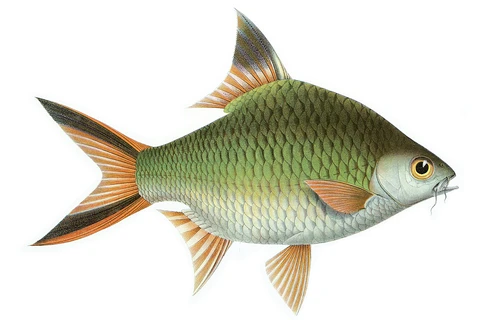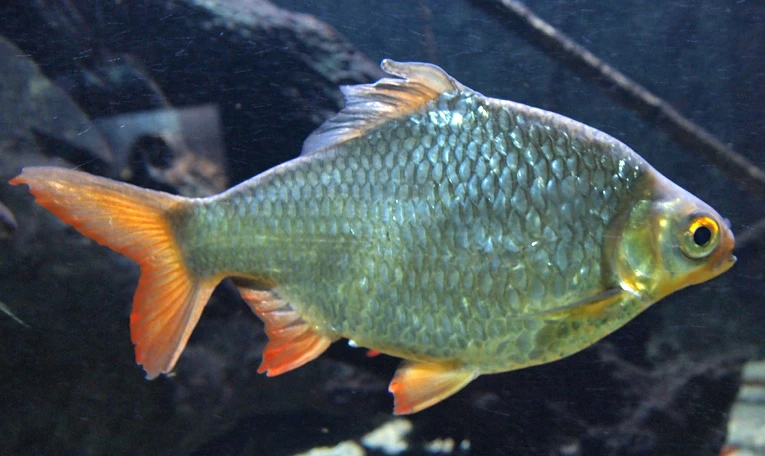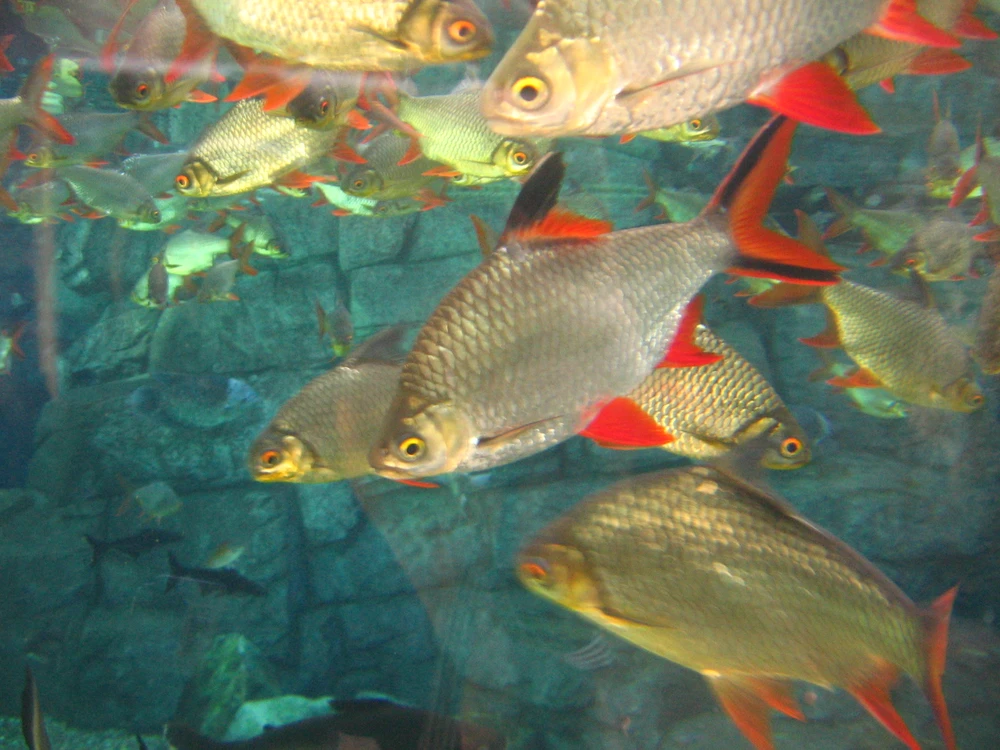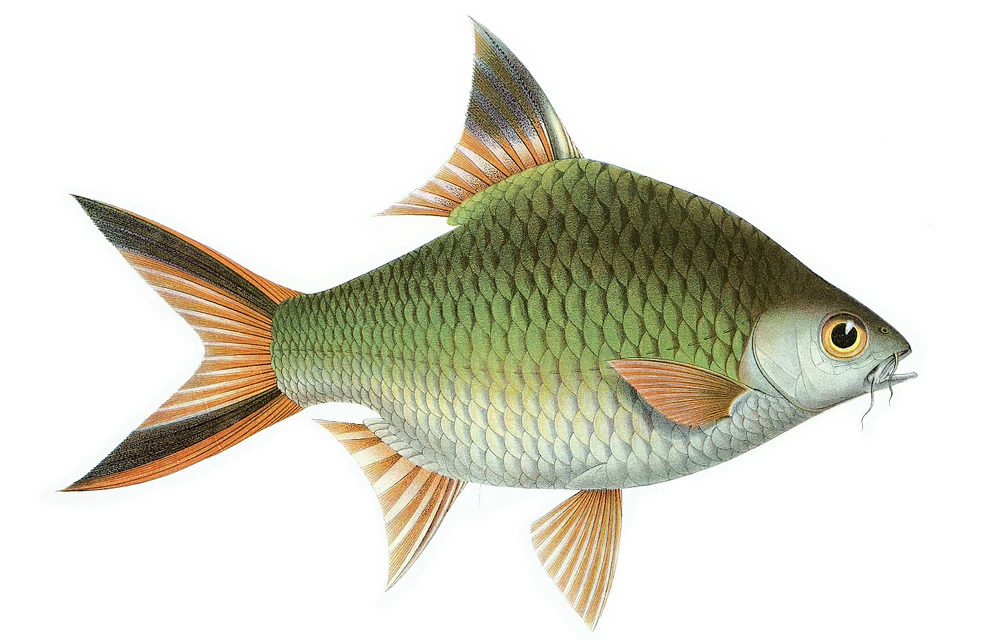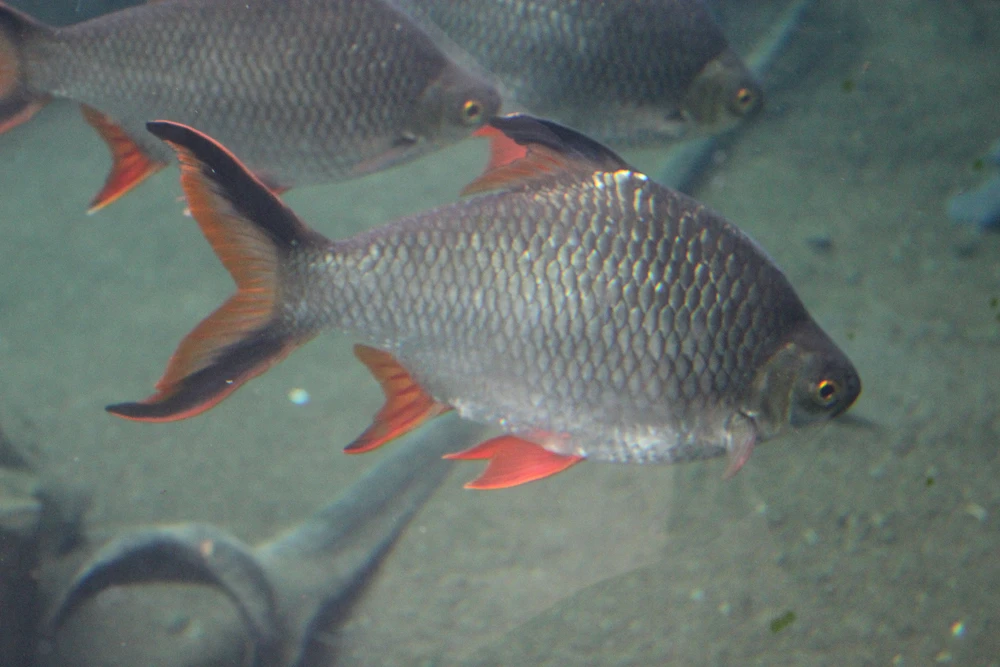Farming remarks
Barbonymus schwanenfeldii is a freshwater fish naturally inhabiting Mekong and Chao Phraya basins besides Malay Peninsula, Sumatra, and Borneo in Asia, but it was already introduced in the south-east of the USA, Philippines, Indonesia, and Ivory Coast. It is a tropical BENTHOPELAGIC barb that can be found in streams, canals, ditches, flooded fields, lakes, and especially in medium- to large-sized rivers. B. schwanenfeldii is considered omnivorous, but mainly herbivorous. It is commercially important for the ornamental fish trade and occasionally used as bait.
Although it has been cultured for its taste and low trophic level, this barb apparently is not much domesticated yet: ADULTS are taken from the wild to become SPAWNERS, for example. Besides that, further research about important wild information of this fish is still missing, especially about home range, aggregation densities, reproduction, and substrate use. Relevant information to better assess farming conditions of this barb is also missing, especially about its stress response and malformation rates in captivity. A humane slaughter protocol still remains to be established. Together, this missing data makes it difficult to assess and improve the welfare conditions of B. schwanenfeldii.
For details see: WelfareCheck | farm (latest major release: 2023-10-31)
Related news
FishEthoGroup produced new spots of their Fish Talk's podcast programme on species from the fair-fish database. In series 18, you will find around 2 minutes of informative knowledge on Papyrocranus afer (Reticulated knifefish), Barbonymus schwanenfeldii (Tinfoil barb), and Arapaima gigas (Arapaima). For the first time, FishEthoGroup also covered a wild-caught species of our recently launched catch branch: Engraulis ringens (Peruvian anchoveta). And if you cannot get enough, also give their new episode of The Fish Mind programme a listen. In the current season about fish abilities, you may find episodes on memory, tool use, and self recognition. The new episode 4 is all about nest building in fishes. Enjoy and recommend!
Barbonymus schwanenfeldii, the Tinfoil barb, is the latest species added to the FishEthoBase. Besides living in fresh water in a benthopelagic manner, not much is known about the natural needs and behaviour. Given that it originates in the Mekong and Chao Praya basins and has since been introduced to other Asian territories, the US, and Ivory coast, surviving in habitats as narrow as ditches and flooded fields, it can be concluded that B. schwanenfeldii has a certain level of resilience. Further research is needed – also on reproduction, as the life cycle is not closed in captivity. Only by knowing the natural needs, can we know what to provide the species with in captivity. Explore the Overview and the Short profile for our current assessment.





